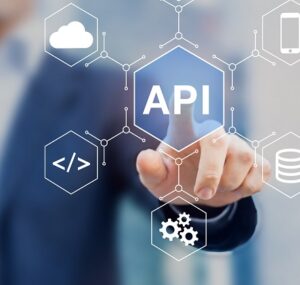

Application Programming Interfaces, or API’s, were once internal tools for companies. Now, entire businesses are built off API products. Like any other technology product, the sale and acquisition of an API product is done through a license agreement. But, selling an API product isn’t exactly like selling a Software-as-a-Service product or a licensed software. There are some specific nuances that need to be contractually identified in API License Agreements.
This article addresses important provisions in API License Agreements that contract drafters and negotiators should be aware of. The API owner or seller is referred to here as the “Licensor”, and the API buyer or customer is referred to as the “Licensee”.
The following are some important provisions of API License Agreements:
This section should specifically identify what the API does, what an API Key means, and what product(s) the API will be interfacing with.
This section should specifically lay out what kind of limited, non-transferable license Licensor is offering Licensee to the API integration, and ensure that Licensee is using the API integration for specific purposes.
This section should lay out what Licensee is not allowed to do with the API – such as reverse engineer or engage in downright illegal activity.
This section lays out the responsibilities of Licensee, including but not limited to ensuring that Licensee is liable for all uses of the API resulting from the access provided, and specifying that Licensee should comply with all terms and conditions of the API product as well.
This section lays out what kind of support Licensor is offering to Licensee, and how Licensee can get updates to the API product. This includes uptime guarantees, scheduled maintenance, and support hours – similar to what you would deliver with your SaaS agreement.
This section will identify what is considered confidential, and what can and cannot be done with that information. The API code should usually be noted as Licensor’s confidential information. It is best practice to have built in confidential information clauses in any agreement relating to software.
This section lays out what kind of information security standards Licensor and Licensee will be held to.
This section allows Licensor, to collect information from Licensee’s use of the API – and use that information to improve upon the API product.
This section ensures that Licensee enters into valid and binding licensing agreements with all end users of the application the API interfaces with.
This is the all-important section that ensures Licensor owns the intellectual property to the API and all feedback given by Licensee to improve upon the product, and that Licensor is not signing over anything to Licensee.
This section should lay out how long Licensee has access to this license for, and under what circumstances either party can terminate the agreement.
An important section that should have API specific terms that ensures Licensee has notified all users of the applications that their data will be transmitted outside of their service, and disclaiming Licensor’s responsibility for such transmissions.
13. Warranties, Indemnification, and Limitation of Liabilities
As contract drafters, you know the importance of the miscellaneous (or boiler plate) terms in an agreement. Some details to consider when dealing with API Licenses:
Here are some examples of published API License Agreements: